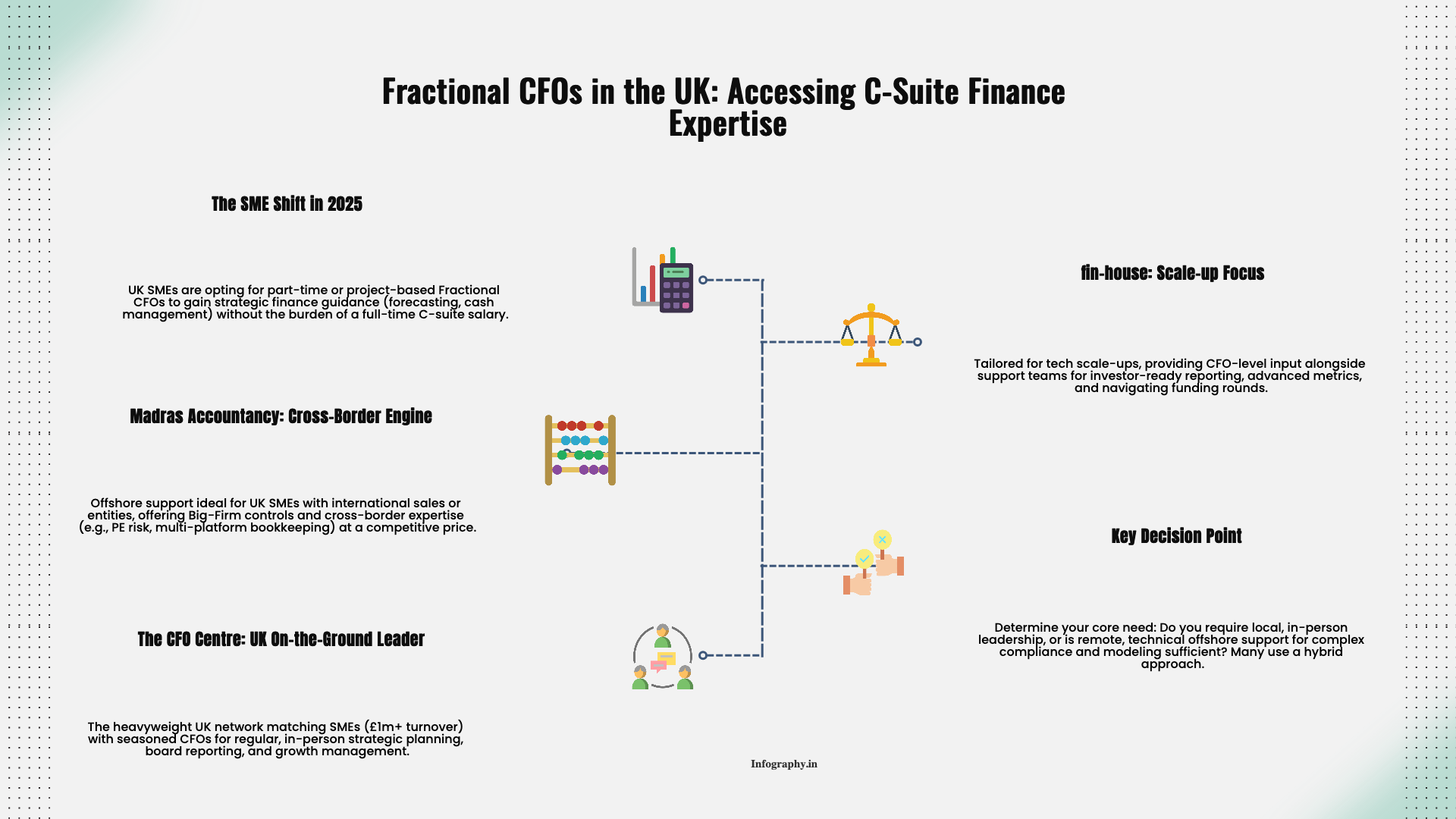Plenty of business owners describe their accounting process with a wince. Words like "scramble," "fire drill," and "last minute" come up a lot. The work shows up in bursts, usually around deadlines, and everyone promises that next year will be different.
It can be different, but not because you find more willpower. It changes when you design a simple workflow that spreads the work out and lets software handle as much of the repeatable stuff as possible.
A good workflow starts by acknowledging that not every task belongs on the same schedule. Trying to do everything on the last day of the month guarantees stress and mistakes.
Daily tasks might include capturing sales, issuing invoices, and recording incoming payments. Weekly tasks might include paying bills, following up on overdue invoices, and reconciling bank feeds. Monthly tasks usually include full reconciliations, reviewing financial reports, and making any adjusting entries.
Write these cycles down. Even a one page checklist taped next to your desk can keep everyone on the same page about what happens when.
Most modern accounting systems connect to your bank and credit card accounts and pull in transactions automatically. This is a huge time saver compared to manual data entry, but it is not a substitute for review.
Set aside time once or twice a week to categorize new transactions from the feed, rather than letting them pile up. Create clear rules in the software where patterns are obvious, such as mapping a recurring software charge to the same expense account every month. Then, review the feed for odd or new items that need a human decision.
Nothing slows down accounting like chasing documents across email threads, text messages, and crumpled paper on someone's desk. Pick one or two official channels for bills and receipts. For example, you might ask vendors to email invoices to a specific address that forwards into your accounting system, and you might tell staff to snap photos of receipts into a shared app.
The more you can centralize input, the less time you spend hunting later. This also makes it easier to respond to questions from auditors, lenders, or your own management team.
Reviews should not only happen when something feels wrong. Put a recurring appointment on your calendar, maybe once a month, to sit down with your bookkeeper or accountant and walk through the financials.
Use that time to spot odd balances, check whether key accounts are reconciled, and talk through any unusual transactions. Catching a mistake after one month is far easier than digging back through a whole year to figure out why your cash account has drifted away from the actual bank balance.
Automation is powerful, but it should be introduced slowly. Start with low risk areas. Automatic invoice reminders, recurring journal entries for routine accruals, or scheduled vendor payments can all remove manual work.
However, keep an eye on the first few cycles after turning on automation. Make sure the rules are behaving the way you expect. It is better to adjust early than to discover three months later that a rule has been misclassifying an important expense.
Finally, write down your workflow. Not as a novel, but as a short set of instructions. "On Mondays, we do this. By the 10th, we close the prior month. Here is where vendor bills go." This makes it easier to train new team members and to ask for help during busy seasons.
An organized accounting workflow is less about being perfect and more about reducing surprises. When everyone knows the rhythm and the tools are doing their part, accounting shifts from being an occasional crisis to a steady background function, which is exactly where it belongs. For more insights, see our guide on building a strong chart of accounts to support your workflow.
.png)
December 9, 2025
A straight-talking overview of five small business tax prep options in 2025, including Madras Accountancy, TurboTax, H&R Block, TaxSlayer, and Bench’s books-plus-tax model.

December 9, 2025
An on-the-ground guide to the UK’s fractional CFO ecosystem – London and beyond – including The CFO Centre, fin-house, FD Capital, BKL, BSmart, and how Madras Accountancy fits into cross-border and hybrid models.